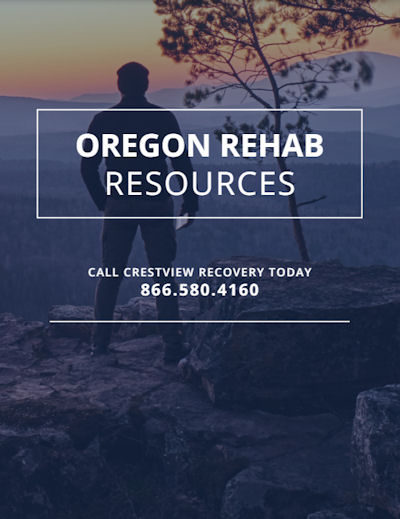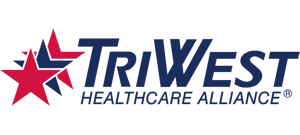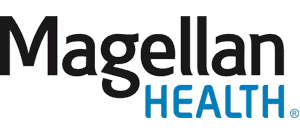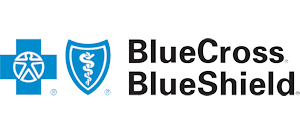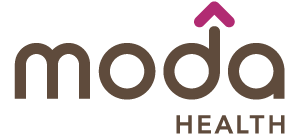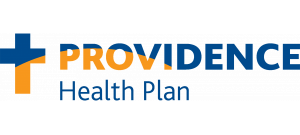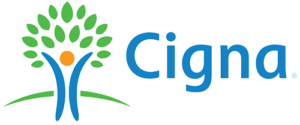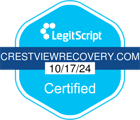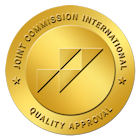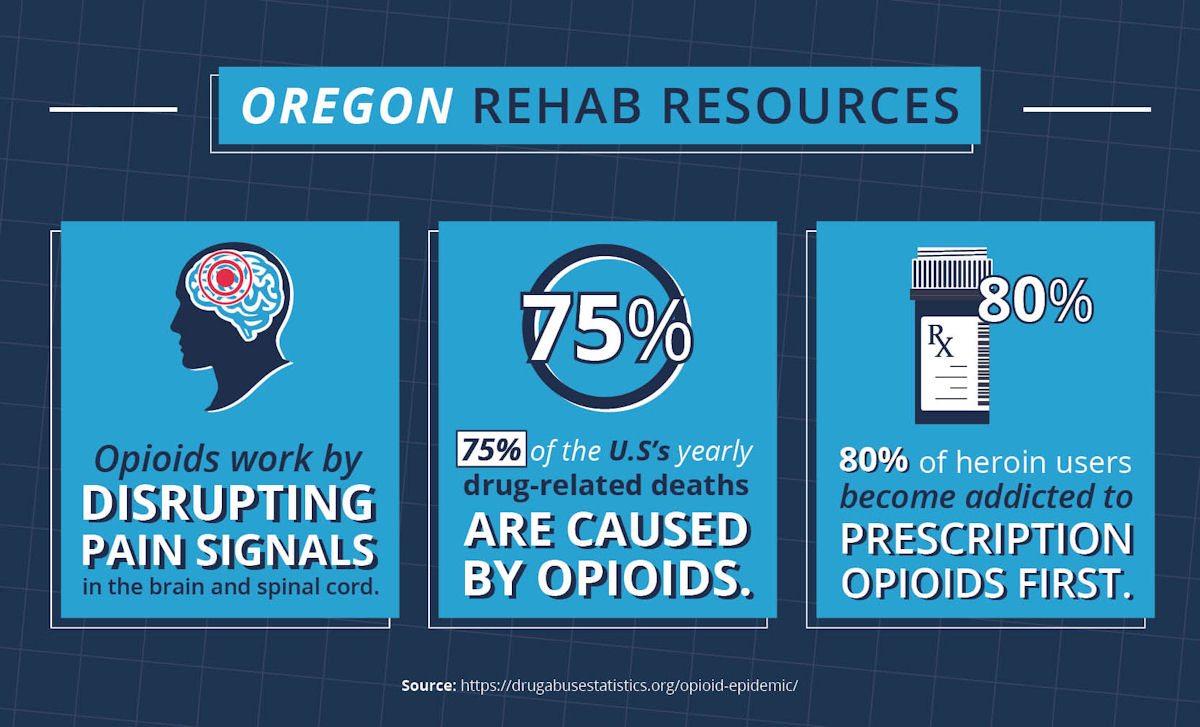
Healing Begins Here
Substance Use Statistics in Oregon
After the recent overturning of Measure 110, Oregon’s decriminalization of drugs law, the need for substance use disorder treatment and addiction resources is even more evident. Crestview Recovery offers inpatient and outpatient treatment options.
Road to Recovery: What to Expect at Crestview
Partial Hospitalization Program (PHP): PHP is designed for those who need intensive care but don’t require 24-hour supervision. Clients participate in daily therapy and treatment sessions while having the flexibility to return home or to a sober living facility in the evenings.
Intensive Outpatient Program (IOP): Crestview’s IOP offers structured therapy and support several times a week, allowing clients to continue their recovery while maintaining work, school, or personal commitments. This program is ideal for individuals stepping down from more intensive care.
Outpatient Program: The outpatient program provides flexible treatment for clients who have progressed in their recovery and are ready for a lower level of care. It allows individuals to attend therapy and counseling sessions while continuing their everyday responsibilities.
Sober Living: Crestview Recovery’s sober living homes offer a safe, supportive environment for individuals transitioning from treatment back into daily life. This structured living situation helps reinforce sober habits and accountability while providing a sense of community.
Aftercare: Aftercare services are designed to offer ongoing support following treatment. Crestview Recovery helps clients maintain sobriety through continued therapy, peer support groups, and regular check-ins, ensuring long-term success.
Telehealth: For those who cannot attend in-person treatment, Crestview Recovery offers telehealth services, allowing clients to access therapy, counseling, and support remotely. This option provides flexibility while maintaining the effectiveness of traditional treatment methods.

What Is Addiction?
- Cravings for the substance
- Inability to stop despite negative consequences
- Loss of interest in activities once enjoyed
- Neglecting responsibilities at work, school, or home
- Increased tolerance, requiring more of the substance to feel the same effects
- Changes in social circles or isolation
- Financial problems related to obtaining the substance
- Risky behaviors such as driving under the influence
Common Withdrawal Symptoms
- Anxiety or agitation
- Depression or mood swings
- Nausea or vomiting
- Sweating and shaking
- Insomnia or difficulty sleeping
- Headaches and muscle pain
- Intense cravings for the substance
- Fatigue or lack of energy



